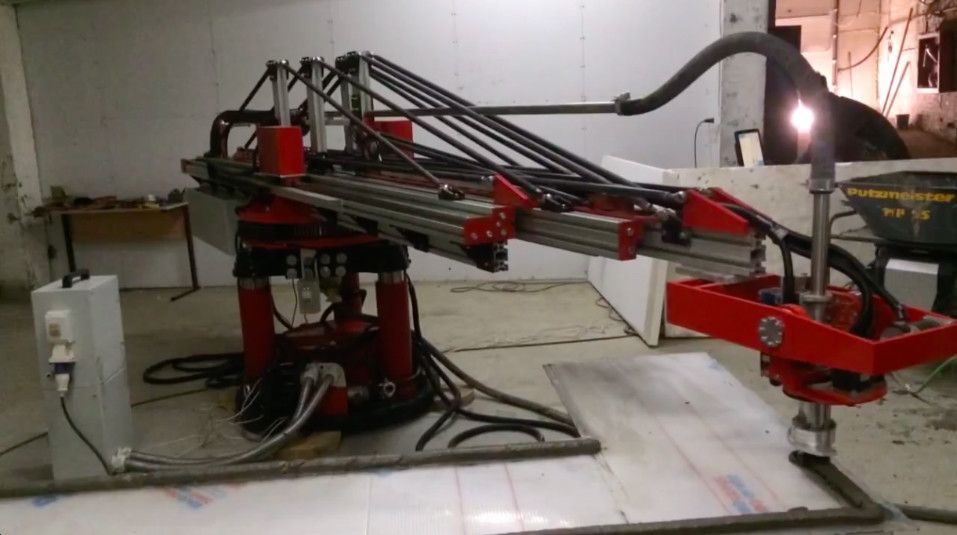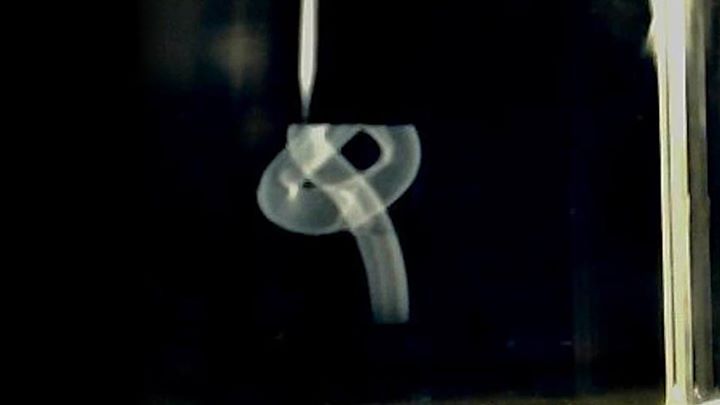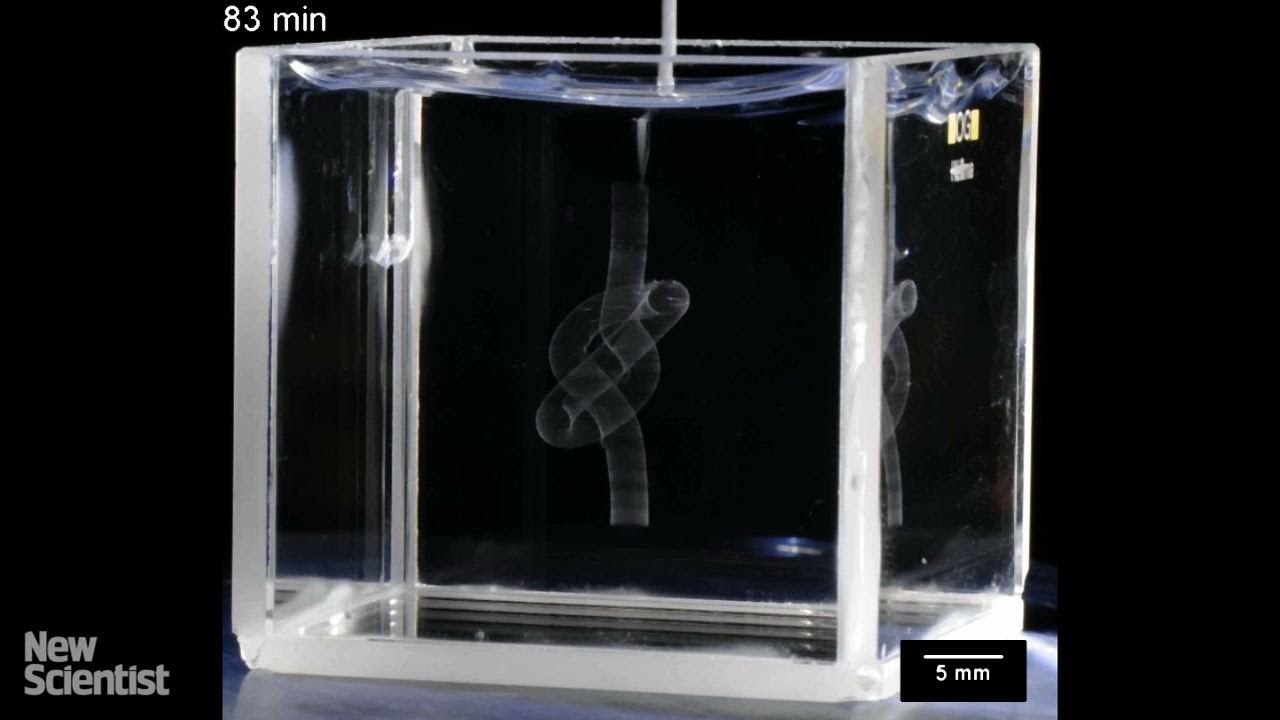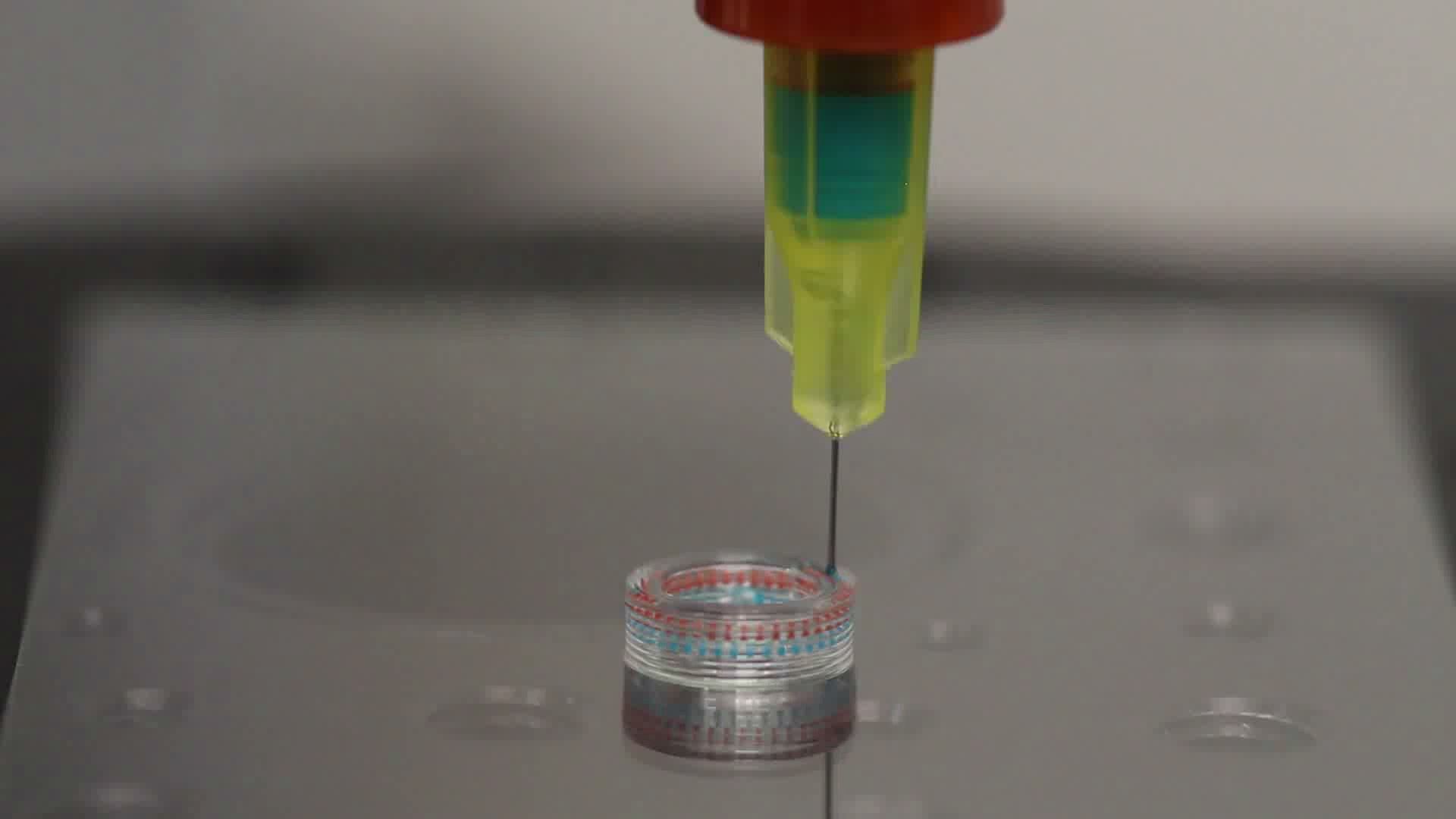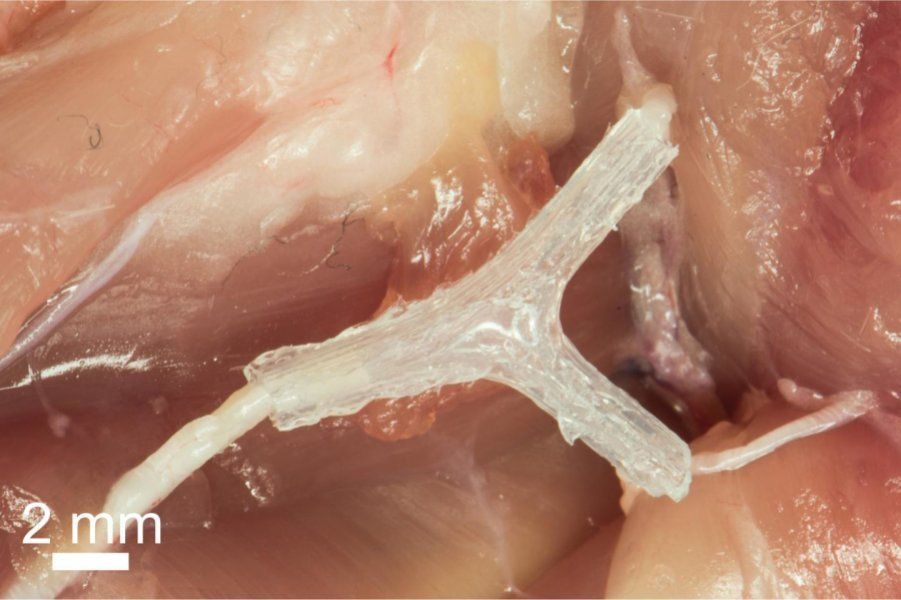Oct 19, 2015
Amazing industrial 3D printer fits in a truck, can print an entire building in 24 hours
Posted by Shailesh Prasad in categories: 3D printing, habitats, transportation
Created by Russian engineer Nikita Chen-yun-tai, the new Apis Cor 3D printer is powerful enough to print a building in one day, yet small enough to be moved with minimal preparation and transportation costs. This portability allows users to print a building in one location and easily move the Apis Cor the next day to another spot. It promises to revolutionize the use of 3D printers in construction, especially in developing nations where low-cost, efficient printing is critical.
The 3D printing of houses is not a new idea — companies have been using the tenets of additive manufacturing for years. What makes the compact Apis Cor printer unique is the unit’s small size — it measures 16.4 ft by 5 ft, weighs 2.5 tons and can be assembled within 30 minutes. As a result, the Apis Cor can be moved easily without the need for an expensive method of transportation and setup. It requires no site preparation and no testing before use, which means it can be dropped on site and deployed right away after assembly.
Related: A Chinese company assembled this 3D-printed home in just three hours.
